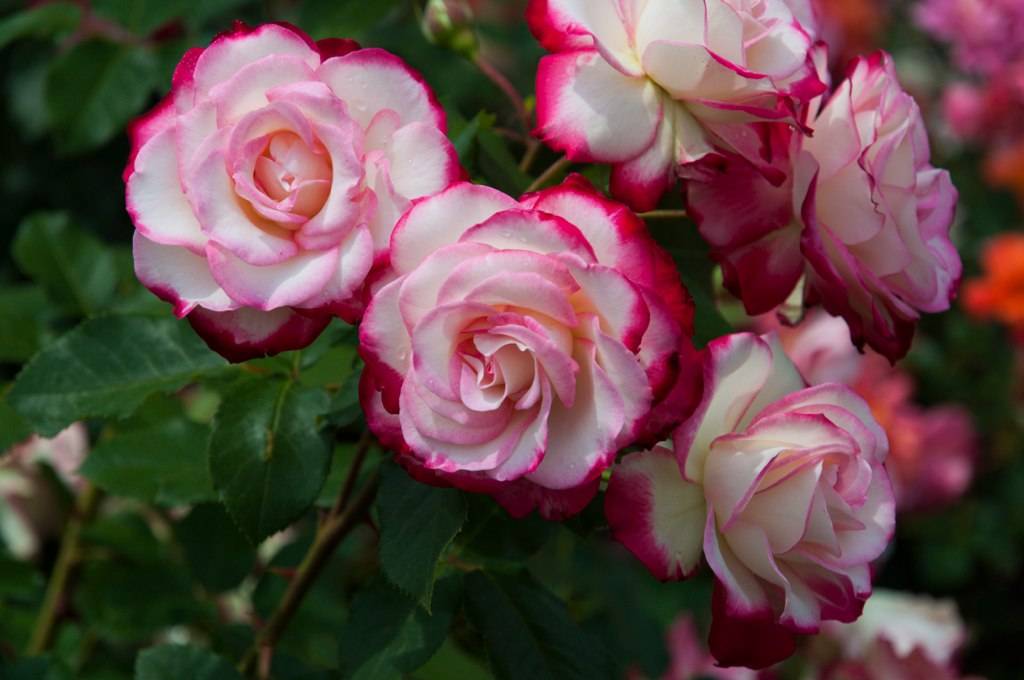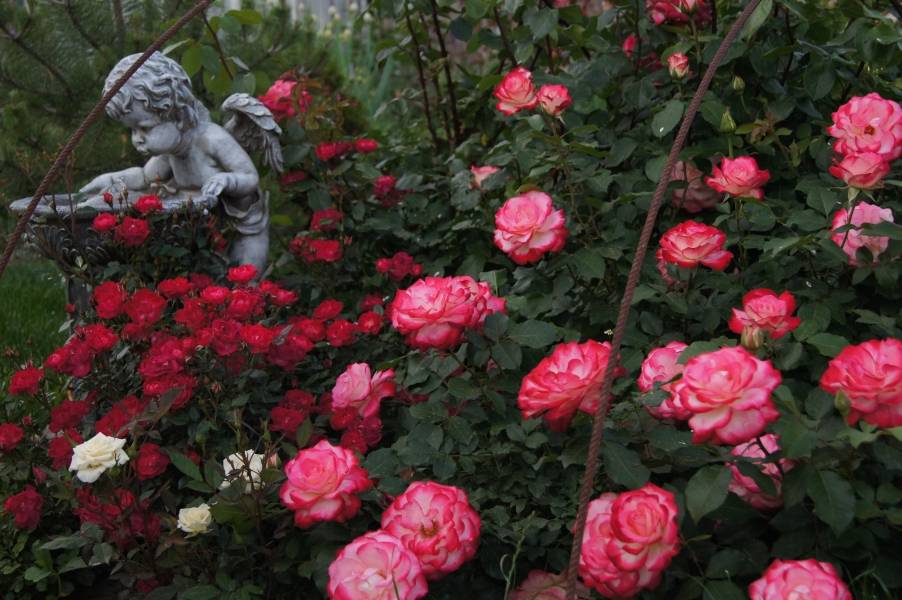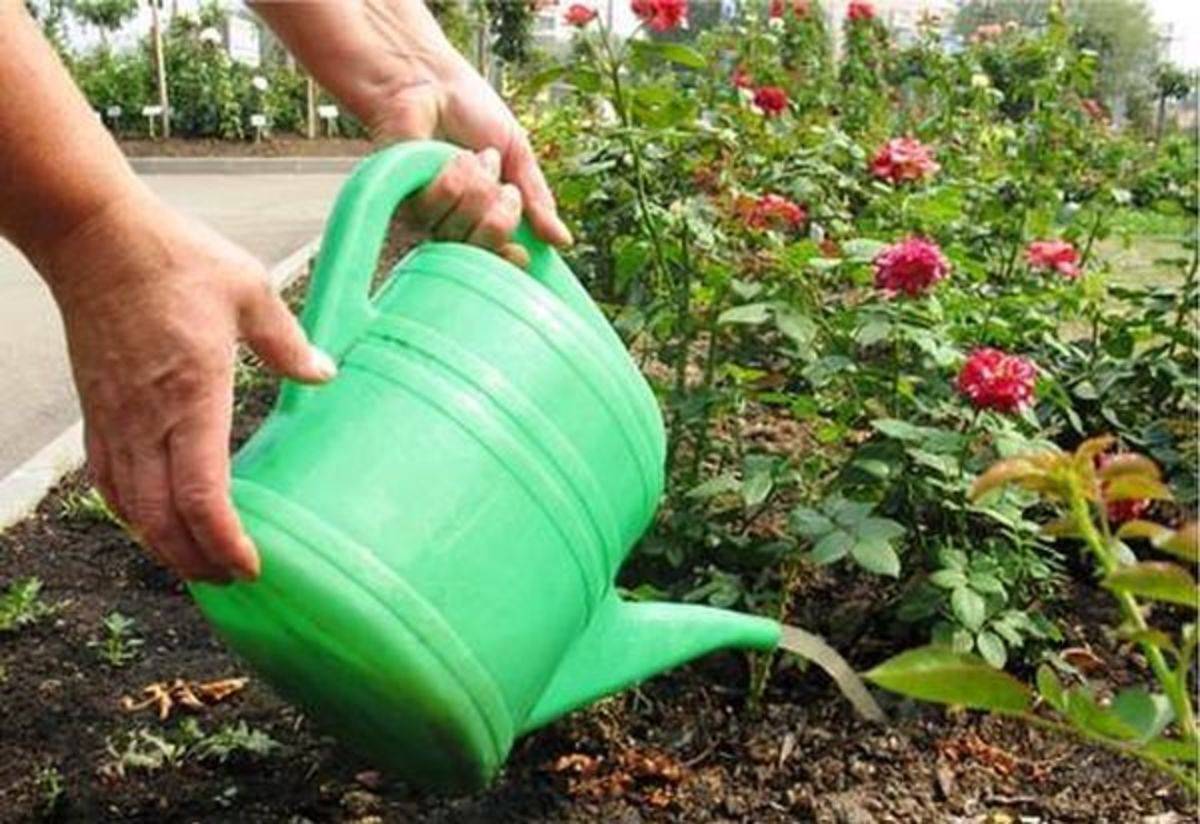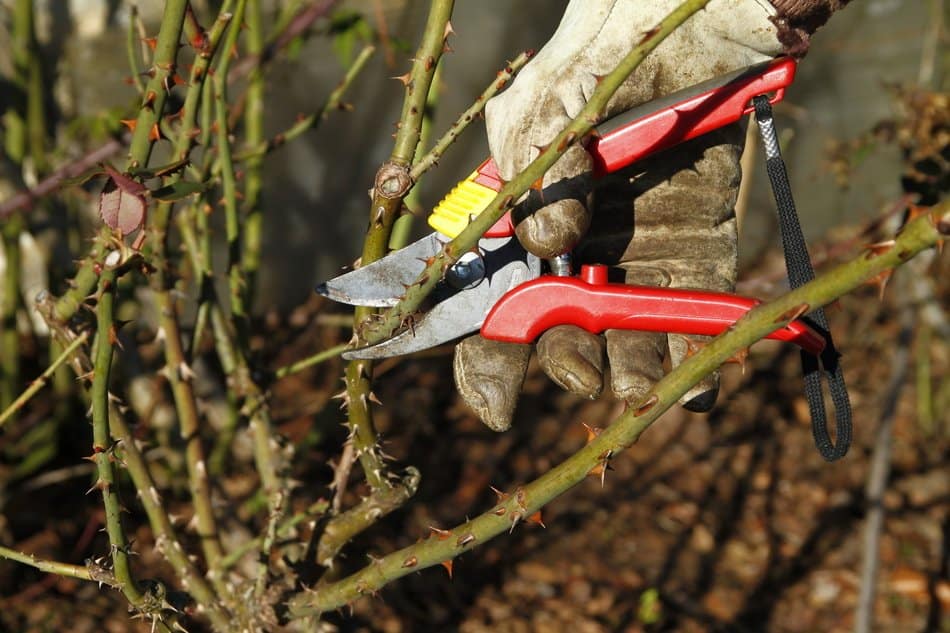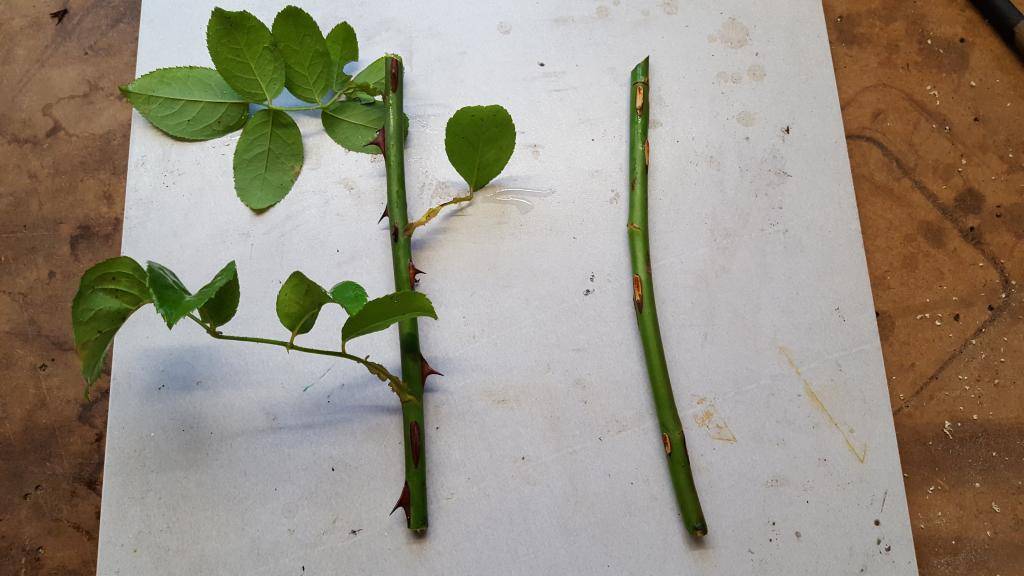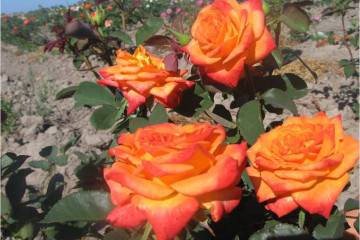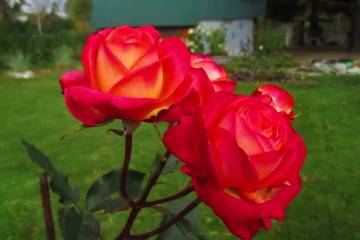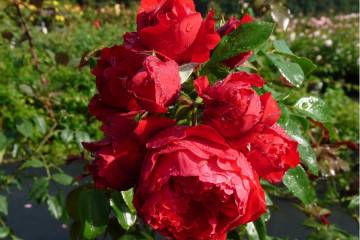Rose Jubilee of the Prince of Monaco (Jubile du Prince de Monaco) - what is this variety
Content:
Rose Prince de Monaco, or rose Jubile du prince de Monaco, got its name from the prince of a small principality. Thanks to the efforts of breeders, the flower has high frost resistance and high immunity to various diseases and pests. During the whole season, its buds can bloom several times. Therefore, the flowering period lasts at least 3 months. To grow such a shrub on your site, you need to know the basic rules for caring for it.
Rose Anniversary of the Prince of Monaco: variety description
It is not without reason that the Floribunda rose Prince of Monaco bears this name; it can decorate any garden plot like a king. Even among its bright relatives, it is distinguished by its appearance, ease of cultivation and care.
This variety belongs to a variety of rose bushes that are grown in garden plots. Its buds can be simple, double or semi-double. In diameter, they often reach 12 cm.
History of creation
The rose prince of Monaco was created in France. In 2000, it was first presented by the Meilland company at one of the flower exhibitions. In the same year, the rose was entered into the official flower register and has since become popular among flower growers.
Brief characteristic of the variety
The prince of Monaco begins to bloom in early summer and ends with the onset of autumn. He feels good in any weather - heat, rain or freeze.
The bush can reach a height of 1 m. On average, the size of the buds can be from 8 to 10 cm. The flowers have a slightly perceptible aroma, making them safe for people with allergies.
Advantages and disadvantages of the variety
Like any garden plant, the Monaco rose has its pros and cons. The advantages include the following:
- the shade of the buds can change throughout the entire flowering period;
- highly resistant to frost and rain;
- has a long flowering;
- easily tolerates drought;
- great for use in landscaping.
The disadvantages of the plant include:
- weak aroma of flowers;
- poor tolerance of diseases;
- during severe frosts it needs shelter.
Growing a rose: proper planting in open ground
To decorate your summer cottage with a Monaco rose, it is better to purchase seedlings in a nursery. In this case, it is important to know the exact age of the plant, since in a new place the bush takes root more easily if it is not yet three years old. For proper planting, it is best to follow the advice of an experienced florist.
When choosing a place for a plant, it is important to consider the peculiarities of the location. The site must be protected from drafts. A quiet location with ample sunlight is ideal.
To plant a rose, you must choose a soil rich in nutrients and nitrogen. If there are no such conditions on the site, then a solution of mullein or bird droppings can be added to the soil.
Step-by-step planting procedure
Planting a plant is performed in a specific sequence:
- The soil is dug up and fertilized before planting.
- A hole is dug with dimensions of 40 × 40 × 40 cm.
- A drainage layer is lined at the bottom of the pit.
- The bush is placed in a hole, the roots are covered with earth, trampled down and watered.
Plant care
How a rose bush will bloom largely depends on proper care for it. It is important to pay attention to watering, feeding, pruning and preparing the plant for wintering.
Watering rules and humidity
Depending on the weather conditions, it is enough to water the plant 1 or 2 times a week. This should be done carefully so that the liquid does not get on the leaves and buds.
On very hot days, to keep the air humid, it is recommended to dig holes next to the bush and pour water into them.
Top dressing and soil quality
Fertilizing under the rose bush should be in the first season after planting. This should be done after watering so as not to burn the root system. As top dressing, ash, herbal infusions, mullein or bird droppings are most often used.
It is important that the soil is fertile and contains a large number of useful elements. Otherwise, it will need to be enriched by adding mullein or chicken droppings.
Pruning and replanting
It is recommended to prune bushes of the Prince of Monaco variety twice a season - in spring and autumn. Before the onset of the first frost, it is necessary to remove all lignified shoots. In the spring, you need to cut off all branches that were damaged during the winter.
Transplant a rose bush only if absolutely necessary. This is not recommended for the first year after planting.
Wintering features
Since the prince of Monaco rose is quite frost-hardy, it is not necessary to cover it in temperate regions. If the temperature drops below -25 ° C, then it is imperative to organize the protection of the flower. For this, the roots are covered with a layer of mulch, and the bush itself is covered with any woven material.
Blooming rose of Monaco
Throughout flowering, the prince of Monaco changes color. At first, the bud has a light shade and bright crimson edges, over time the color becomes more saturated.
The rose can bloom throughout the summer, after which it has a dormant period. At this time, it is necessary to reduce the amount of watering and stop feeding the shrub.
Why the rose of Monaco does not bloom
In some cases, the prince of Monaco may not bloom. This problem may have the following reasons:
- lack of lighting;
- no trimming was done;
- excess or lack of fertilizers;
- the influence of pests or diseases;
- unsuccessful wintering;
- improperly selected soil, in which there is a lack of nutrients.
Flower propagation
Reproduction of the Prince of Monaco rose is possible only by cuttings. Cuttings must be cut from the bush after the end of the flowering period. For this, the strongest and healthiest shoots are selected. The middle is cut from the stem so that at least three buds remain on it.
Before germinating the cutting, all leaves and thorns are removed from it, after which it is placed in water.When the first roots appear, the seedling is moved into a container with pre-prepared soil. To create greenhouse conditions, it is recommended to cover the seedlings with a glass jar.
Diseases, pests and ways to control them
Although the plant is quite unpretentious in care and has a high immunity to diseases, it can be affected by the following ailments:
- rust;
- black spot;
- powdery mildew.
To cope with these diseases, the plant must be treated with fungicides.
In addition to diseases, the following insects can be dangerous for the plant:
- bronze;
- rose aphid;
- rose-colored sawfly;
- rose cicada.
To get rid of pests, the shrub must be regularly sprayed with insecticides.
Rose Prince of Monaco is one of the most suitable flowers for growing in a summer cottage. It is unpretentious to care for, so even a novice gardener can grow it. And with due attention, the rose will become a real decoration of the garden.
